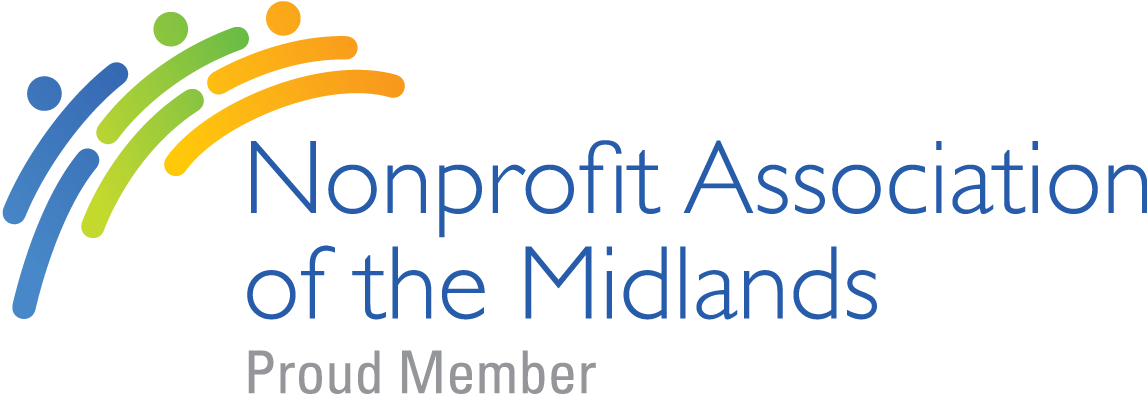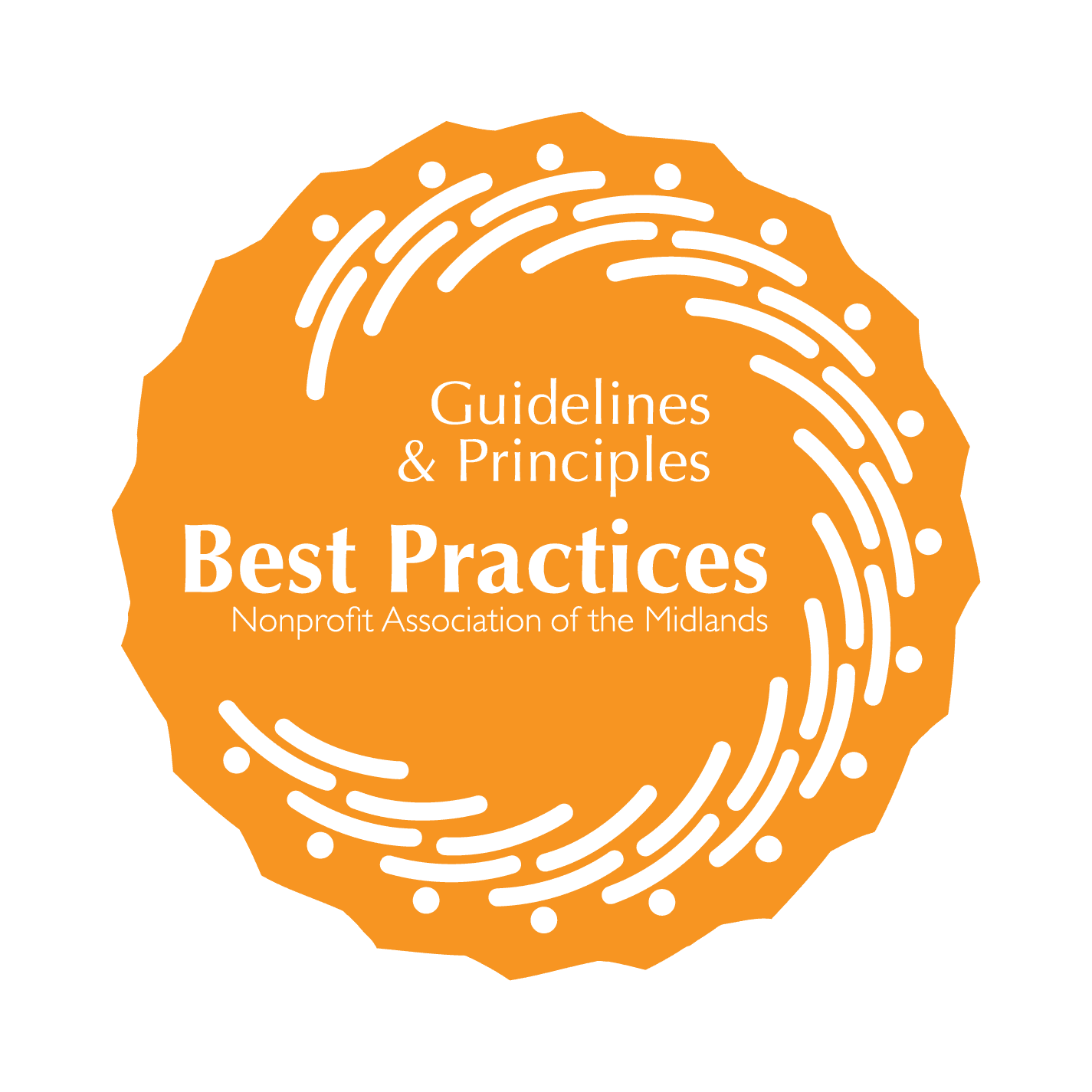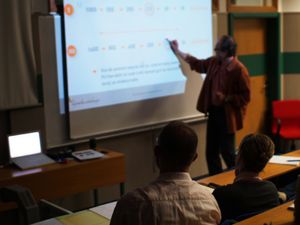Effects of a Brain Injury on Returning to Learn
Just remember:
-
A concussion is a brain injury and all are serious.
-
Most concussions occur without loss of consciousness.
-
Recognition and proper response to concussions when they first occur can help prevent serious injury or even death.
Although sports-related concussions are in the news, a concussion can also occur from a fall or a blow to the body that causes the head and brain to move quickly back and forth.
Health care professionals may describe a concussion as a "mild" brain injury because concussions are usually not life-threatening. Even so, their effects can be serious.
A concussion, no matter how mild it may seem at the time, is a brain injury. We know from studies that a concussion disrupts the brain on a cellular level. It challenges the balance between chemicals within the cell (potassium) and chemicals outside the cell (calcium). As a result, the brain cell, whose job is to efficiently supply the brain with fuel (glucose), is compromised. The more demand placed on the brain for fuel, the more potential for the student to flare with symptoms (Giza & Hovda, 2001).
Immediately after a concussion, the simplest physical or mental demand can bring about severe symptoms. Within a few days, the brain cells begin to heal themselves; therefore, light cognitive activity may still flare symptoms, yet symptoms are usually short-lived and respond well to intermittent periods of rest.
Physical and cognitive rest is the best intervention for healing the brain cells. In the first few days, sleeping as much as possible has the highest yield. The rule of thumb is that if a student is physically or mentally exerting to the point of flaring a symptom, then physical/mental activity should be cut back. One size does not fit all in severity of concussion and amount of time for recovery.
Since a concussion is a medical event, and its recovery spans the home and school setting for several weeks, the management of the concussion is best accomplished by a seamless system of communication and collaboration among parents, the school, and the healthcare providers (McAvoy, 2009).
This multidisciplinary team approach to concussion management lends itself to consensus decision-making. It is best practice that the concussed student always returns to school with a signed release of information in place allowing for two-way communication between the school and the healthcare provider.
Our Associations & Memberships
-
 Nonprofit Association of the Midlands
Nonprofit Association of the Midlands -
 NAM Best Practices Partner
NAM Best Practices Partner





